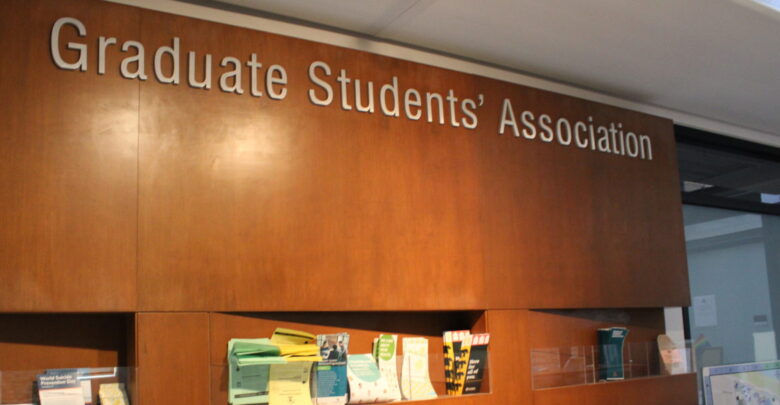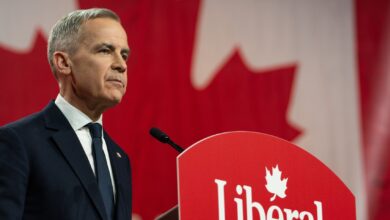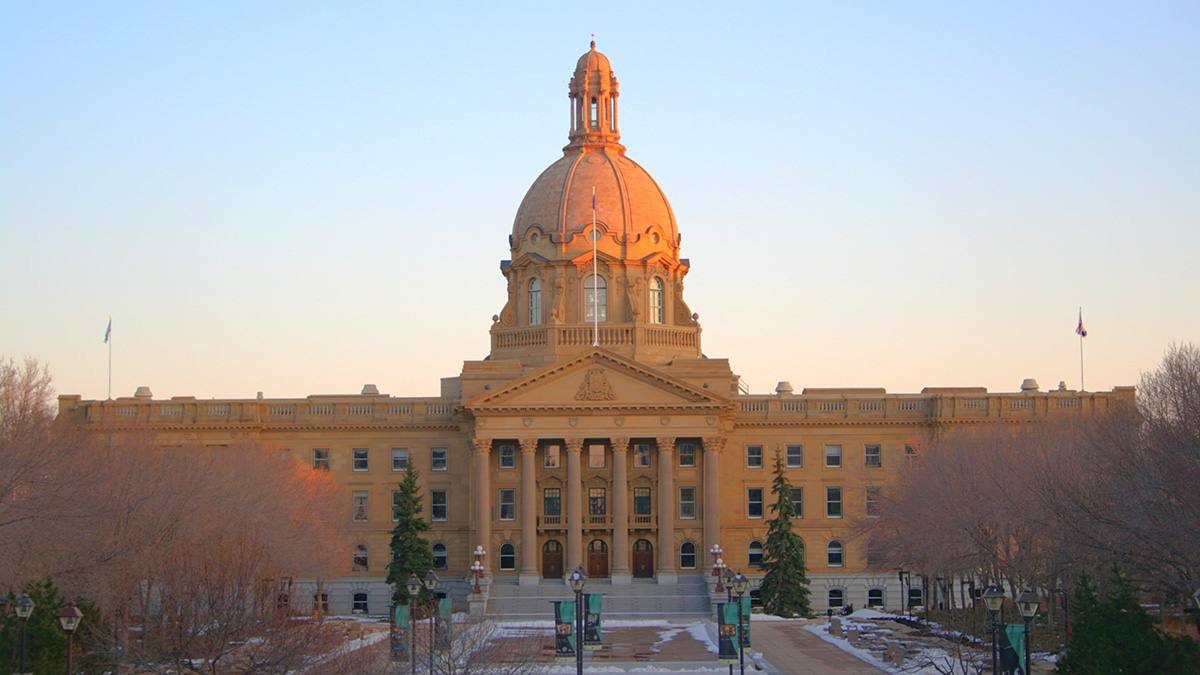 Amanda Sparks
Amanda SparksThe Graduate Students’ Association (GSA) at the University of Alberta is mandated by Alberta Laws to represent graduate students. It is also the labour union for all academically employed graduate workers. The organization collects from us over a million dollars in memberships fees and union dues every year. It spends tens of thousands of dollars of this money for a national student organization, the Canadian Alliance of Student Associations (CASA). The costs associated with joining CASA are a misplaced use of our money and do not benefit graduate students.
CASA is a not-for-profit organization consisting of student associations across Canada. The stated purpose of the organization is to “advocate” on behalf of post-secondary students to the federal government. It has 26 member organizations, 23 of which are students’ unions or associations from post-secondary institutions. Both our GSA and the U of A Students’ Union (UASU) are members. Our GSA and the University of Calgary GSA are the only graduate student groups in CASA.
In April 2024, the GSA Council officially voted to join CASA. CASA charges each member organization an annual membership fee. For a body of 6,865 full-time students, it charges us $3.74 per student. That means the GSA pays CASA at least $25,675 a year. While the GSA 2025–26 budget has no dedicated line for CASA, there is an allocation of $33,864 for “external advocacy.” This is on top of another $30,000 line in the budget for “business travel and external relations and advocacy.”
In fact, our money does not just pay for CASA’s membership fees, but also for our representatives to attend CASA’s conference meetings in other provinces, which cost thousands of dollars extra each year. CASA has five meetings every year. Just in 2024-25, the GSA has sent three directly elected officers (DEOs) to three CASA meetings across Canada. This has cost us $13,876 in total. The DEOs are also planning to go to another in May. Although the proposed expenses of the upcoming trip are not public yet, the total costs for CASA related travels in the current academic year will likely reach at least $20,000. This is still not counting expenses for other conferences like those organized by the Canadian Association for Graduate Studies (CAGS).
There is also a lack of transparency in how our money is spent on DEOs’ travels, let alone a check-and-balance mechanism to govern these expenses and make sure they are used efficiently. Before attending these meetings, the DEOs must submit their estimated expenses to the GSA board for approval. But the voting board members are the same people submitting the estimation. This means there is no way for us to question and prevent any unreasonable costs.
Indeed, back in November 2024 when then-GSA President Haseeb Arshad and Vice-president (external) Parman Mojir Shaibani went to a CASA conference. Each of them spent more than $1,200 for flights between Edmonton and Ottawa. This is hardly the normal price of an economy class round trip, which could be as low as around $400. In the same trip, they also spent almost $600 just on Ubers between the airport and the hotel. An Uber trip of this kind usually costs no more than $50.
Numerous students and GSA councillors have raised concerns about the utility of joining CASA and spending thousands of dollars a year for this organization. For example, some questioned whether CASA would prioritize graduate students’ interest in its advocacy as its member organizations are mostly undergraduate students’ unions. Others expressed doubt about whether joining CASA would result in any tangible outcomes. It is indeed hard to determine if CASA itself has had any actual achievements. CASA has done very little other than giving speeches and hosting conferences. Although it has claimed credit for several federal policies, such as the temporary extension of international student work hours in 2023, it is difficult to tell if CASA’s work has contributed to these changes. And despite spending a good lump sum on CASA, the GSA has been criticized for not using the resources CASA offers.
The GSA could devote the money spent on CASA to more important causes. For example, the GSA has been receiving $960,000 from the university each year to administer financial support to students. This includes academic travel grants, child care grants, emergency bursaries, and Graduate Student Recognition Awards. However, the university is expecting a reduction in this support in the near future due to the ongoing funding cuts by the provincial government.
The GSA is wasting thousands of dollars on an organization that is of no use to us. Thousands more is spent on DEOs’ luxury travel experiences. This money could instead compensate for the upcoming loss of essential support. A new GSA executive team has come into play this month. It is time for our representatives to rethink what our money should be spent on, and how to spend it more responsibly.




